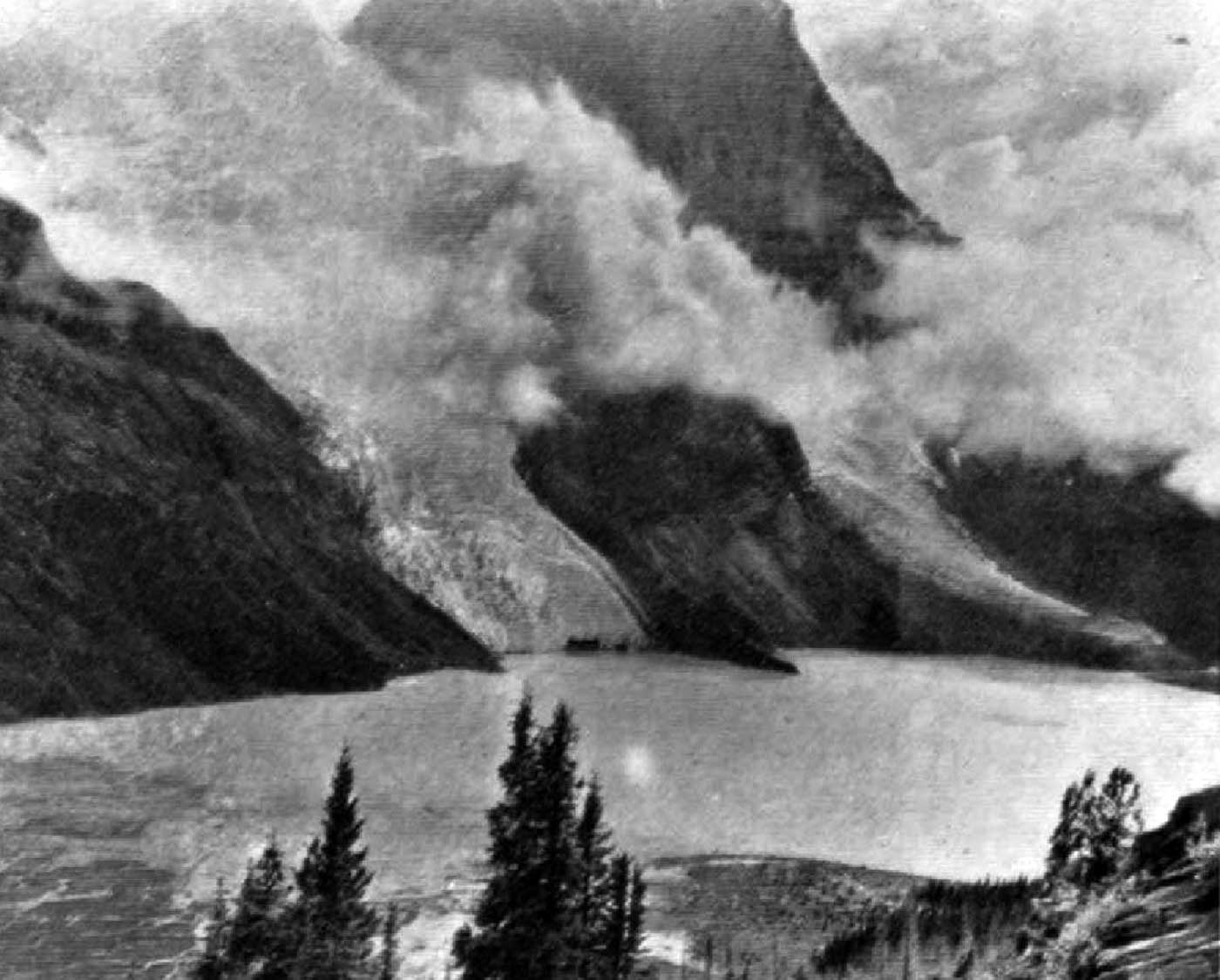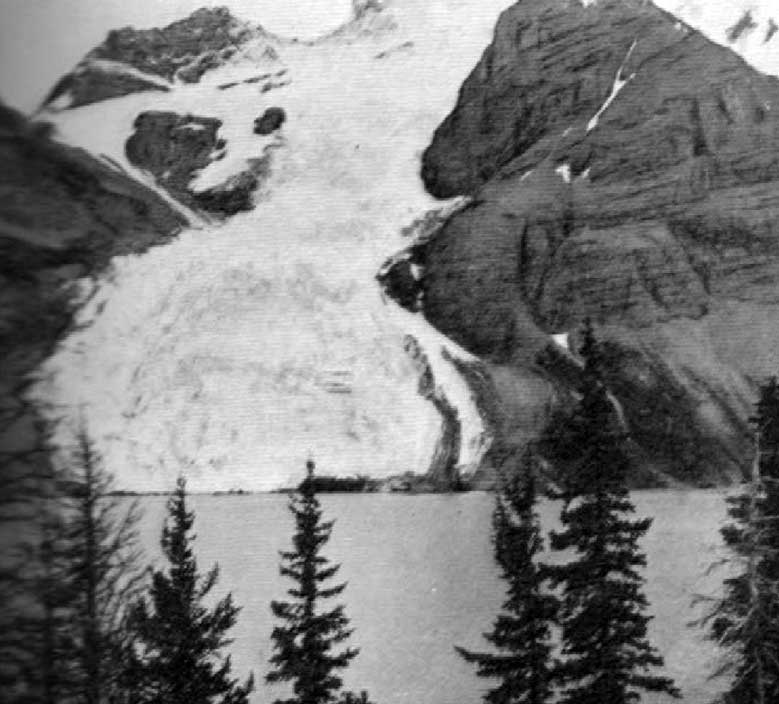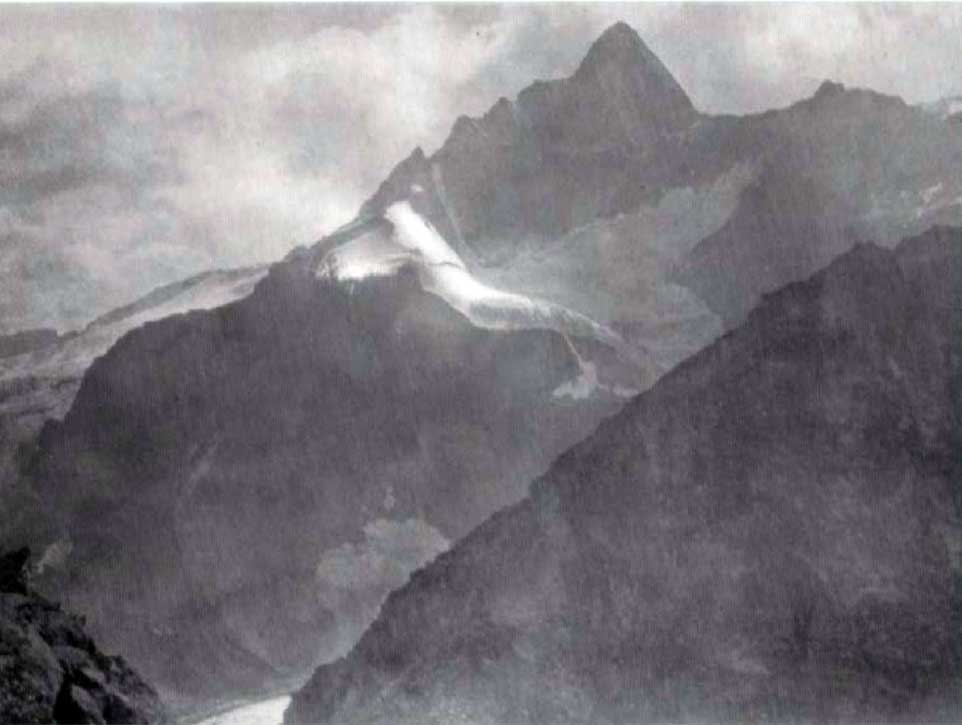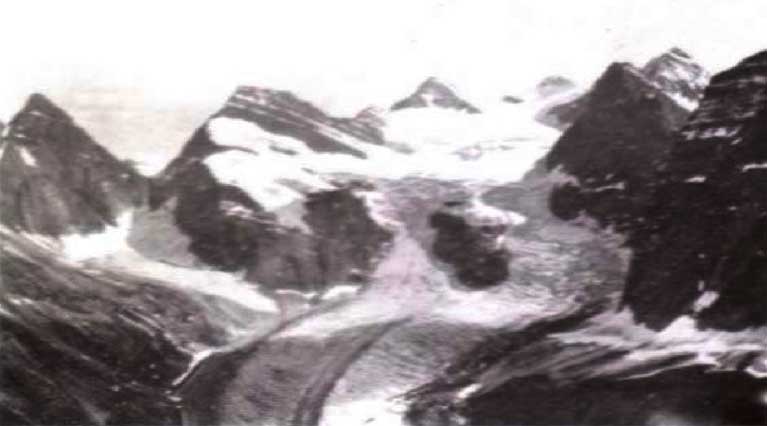Fraser River and Smoky River drainages
Between Mount Bess and Whiteshield Mountain
53.3167 N 119.35 W — Map 83E/6 — Google — GeoHack
Name officially adopted in 1956
Official in BC – Canada
Pre-emptor’s map Tête Jaune 3H 1919
Boundary Commission Sheet 33 (surveyed in 1923)
“Bess Pass, 5,330 feet in altitude and Jackpine Pass, 6,694 feet, are on the route north [of Mount Robson] to Mt. Sir Alexander. The former is situated in very spectacular surroundings between Mt. Bess and Mt. Whiteshield: the latter is much frequented by grizzlies…” — Arthur Oliver Wheeler [1860–1945]
- Wheeler, Arthur Oliver [1860–1945]. “Passes of the Great Divide.” Canadian Alpine Journal, Vol. 16 (1927–1927):117-135




